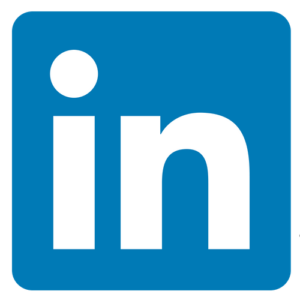Recently, the Obama administration revealed plans to expand coverage under the federal health care law after the Government Accountability Office, a nonpartisan investigative division of Congress, discovered that the federal government and many states were “behind schedule” in implementing marketplaces where Americans are meant to be able to buy insurance.
The plans include creating a website and a telephone call center to provide information to consumers are to help prepare for the expected masses who will flock to buy insurance starting October 1.
Secretary of health and human services Kathleen Sebelius says the call center will be operational 24 hours a day and reachable at 800-318-2596. The website, www.healthcare.gov, offers information that promotes the 2010 health care law and explains new insurance choices. Both currently only have general information about coverage which will begin January 1.
“The new Web site and the toll-free number have a simple mission: to make sure every American who needs health coverage has the information they need to make choices that are right for themselves and their families or their businesses,” said Sebelius in a statement.
The Congressional Budget Office expects around seven million people to buy private insurance next year through marketplaces, or exchanges, while nine million people will get coverage through Medicaid. By 2016, the number of uninsured Americans will be reduced by approximately 25 million from the current estimation of 56 million.
The health care website will ask consumers for information about their household incomes in order to figure out if they are eligible for federal subsidies, in the form of tax credits, to help pay premiums.
Sebelius expressed concern about the ability of low-income people in some states to access either Medicaid or subsidies to buy private insurance. However, there is no set timetable for states to expand Medicaid, and states that vetoed the expansion of eligibility this year could reassess next year.
The federal website does recognize that some states aren’t expanding Medicaid and it says that “under the health care law, states have the choice to cover more people.”
More than half of all people without health insurance reside in states that are not intending to expand Medicaid.
Administration representatives said the call center would ultimately have 9,000 customer service representatives handling calls. Consumers can also find information in live Web chats.



